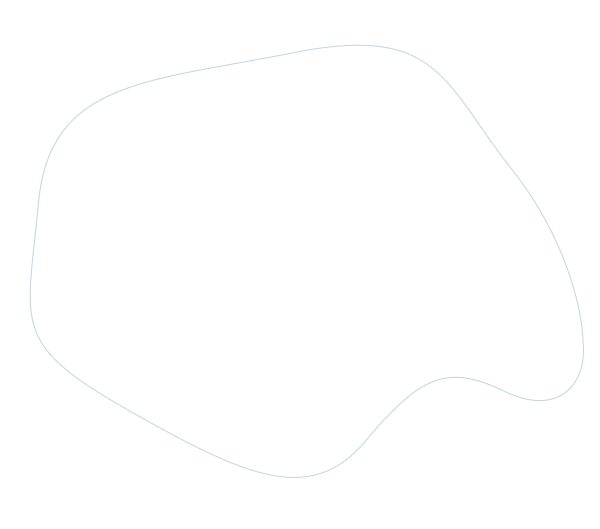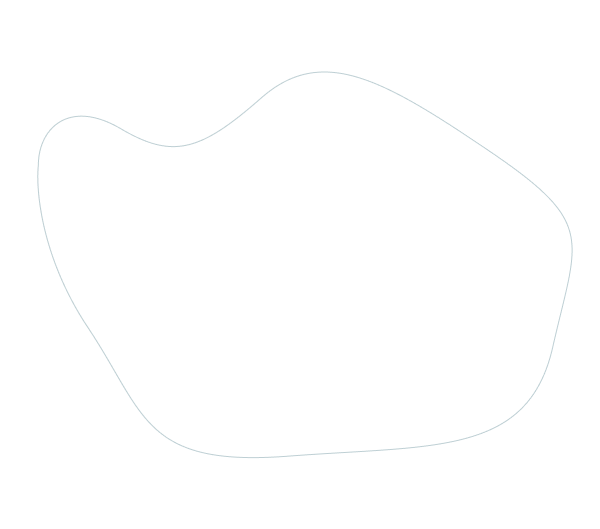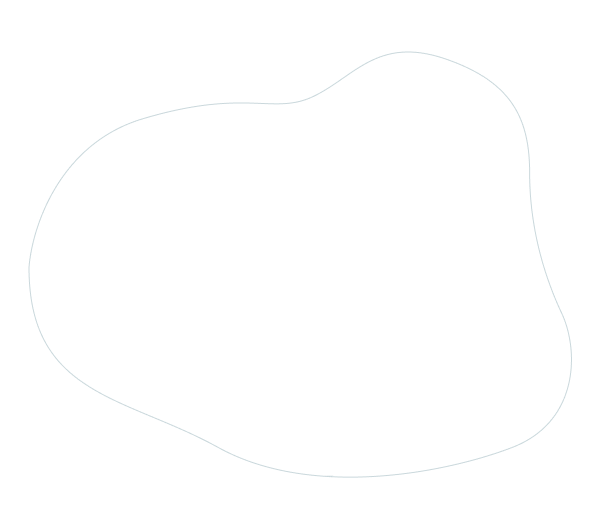UNDERSTANDING THREAD COUNT (AND WHY, UNFORTUNATELY, HIGHER ISN’T BETTER)
In recent years the term ‘thread-count’ has become synonymous with the process of buying bedding – in particular sheets, quilt covers, pillowcases etc. We’ve all been led to believe that the higher the thread count, the better the quality of the product. But is this really true – or is it a well executed marketing exercise?
What exactly is thread count? Put simply, thread count is the amount of threads woven together in a square inch. It is worked out by counting the lengthwise (warp) threads, and then the width-wise (weft) threads. Once counted, the amount of weft threads and warp threads are added together to form the thread count. (E.g. a fabric with 100 warp threads and 100 weft threads is said to have a thread count of 200).


How can thread count be misunderstood? There are two main reasons why thread count has become overused and misunderstood:
- The first is that it is the quality of the fibre – the yarn size, the finishing and the construction – which really matters. An inferior fabric with a thread count of 800 is going to be of lesser quality than a superior fabric with a thread count of 300.
- The second, and most important, reason is that some rather unscrupulous manufacturers use ‘creative maths’ to boost their thread counts. “Its is all about inflating the thread count to inflate the price tag,” according to Consumer Reports (an independent, not for profit organization). “If a product states that it has a 1,200 thread count, be very wary, since fitting 1,200 threads into a square inch is actually bordering on the impossible. In the spirit of free enterprise and competition, manufacturers battle to calculate their thread counts high, higher and highest. They count not just each thread, but each fibre (called plies) that make up each thread. So a single thread might be four plies twisted, or braided, together. One manufacturer will call that one thread, while another manufacturer will call it four threads”.As proof of this, Consumer Reports hired an independent textile lab to count the threads in a $280 queen sheet set with a manufacturer-stated thread count of 1,200. The lab counted 416 threads per inch… just 35 percent of what was claimed.
Because thread count is a scientific term, and there are strict standards surrounding it, the US National Textile Association requested the US Federal Trade Commission become involved in the thread count issue. As a result of this, in 2008 a major US chain that operates in Australia was sued for mispresenting thread counts on their Egyptian sheet products.
Why can high-thread count sheets feel clammy? Another issue many people don’t realise is that the higher the thread count, the hotter or clammier the sheets will be on a warm summer’s night. The reason for this comes down to simple maths: if a sheet has a thread count of 500 (i.e. it has 500 threads per square inch) the threads are extremely close together and allow for almost no air to pass through the fabric, affecting the breathability of the product.
Breathability is recognised by sleep experts as one of the most important factors in getting a great nights sleep. If your bedding products allow air flow you get a much healthier, more restful night’s sleep.


What should I look for in sheets then? Experts agree that a thread count of between180-300 is best for bedding. However, the best advice we can give is to purchase linen by feel, not by thread pedigree. Bed linen should be soft, breathable, wrinkle free, easy-care and have good drape.
For those interested in purchasing bedding that has these attributes, but is also kind to the environment, it would be worthwhile considering Bambi’s TENCEL® bedding. TENCEL®, which is made from plantation fibre (Eucalyptus pulp), has a thread count of 275 which gives the fabric excellent breathability. In addition, the production of TENCEL® uses a fraction of the world’s precious water resources when compared to cotton. Bambi’s TENCEL® products wick 50% more moisture than cotton meaning they stay dry and cool all night long. They also hold 2000 times less bacteria than synthetics and a whopping 200 times less bacteria than cotton sheets, which makes them perfect for anyone interested in a healthy night’s sleep, but most particularly babies and anyone with sensitive skin. Bambi produce many TENCEL® products including pure TENCEL® Sheets, Separates, Quilt Covers and Quilts as well as Pillows and Mattress Protectors. Please check out our website for more information.
10 Reasons You Need To Invest In A Mattress Protector
TENCEL – The latest ‘Must Have’ Fibre
Said to be softer than silk, more absorbent than cotton, and cooler than linen, TENCEL® is being proclaimed as the latest ‘must- have’ fibre. So what is TENCEL®, and why is it taking centre-stage in the world of sleep? Here we take a look at what makes this textile so unique.
Eco-friendly
While many fibres claim to be environmentally friendly, TENCEL® goes above and beyond. Made from the wood pulp of sustainable tree farms, TENCEL® can be grown on marginal land (i.e. land that cannot sustain crops or farming), is fully recyclable, and 100% biodegradable. Produced via an advanced ‘closed loop’ spinning process which uses non-toxic solvent, it has minimal impact on the environment and is highly economical in the use of energy and water. In fact, when compared to cotton, the fibre yield from TENCEL® is almost ten times higher per acre, and the cultivation process uses an incredible 10-20 times less water. (And that has to make for a healthier environment).


As well as being eco-friendly, TENCEL® has a number of advantages that very few fibres feature – and certainly not all in one fibre.
Moisture Absorption: TENCEL® has incredible moisture absorption and wicking properties and in fact wicks 50% more moisture than cotton. But what does this really mean and how does it impact the way we sleep? Well, firstly, it allows us to sleep in a dry, cool environment. With cotton or other bedding fibres, sleepers often report waking up in damp sheets. This happens because, like it or not, we lose nearly 1 litre of fluid a night into our bedding. With TENCEL®, this moisture doesn’t soak into the fabric – instead it wicks into the atmosphere, leaving the sheets completely dry. Secondly, because TENCEL’s absorption and wicking is so effective, TENCEL® is almost incapable of holding bacteria. Proven in tests to hold 2000 times less bacteria than synthetics and 200 times less than cotton, allergy and asthma sufferers and anyone with sensitive skin can be assured that this fabric is about as healthy as it gets. And finally, this moisture wicking gives a naturally cool feel to the fibre, making it an excellent choice for hot sleepers, babies and toddlers.
Silky-Smooth: There are few people who could touch TENCEL® and not be impressed by its incredibly soft, luxurious feel. Made possible by very fine hairs found on the outer fibres of the fabric, TENCEL® feels like silk and has a wonderful drape. (And as an added benefit for people wh
Easy-Care. It would be easy to believe that a fibre that sounds as delicate and sophisticated as TENCEL® might need special care. But in fact, the opposite is true. TENCEL® is surprisingly durable , and authentic TENCEL® products are also odourless, pre¬ shrunk, and can be machine washed and tumble-dried. When washing, there’s not even a need for fabric softener or whitening agents – which helps in further saving our precious planet.



